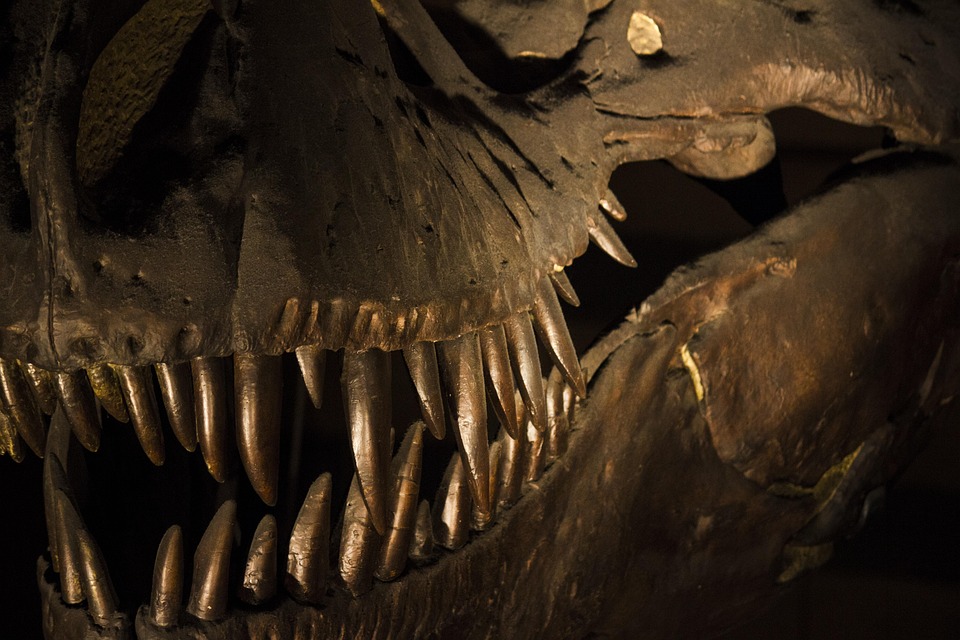Tracing the Footsteps: Archaeological Discoveries in Dardania
Introduction
The region of Dardania, located in the heart of the Balkans, is rich in history and archaeological significance. Spanning parts of today’s Kosovo and North Macedonia, Dardania has been a cradle of ancient civilizations, a meeting point of cultures, and a battleground for empires. This article aims to explore the significant archaeological discoveries made in Dardania, shedding light on its ancient populations, lifestyle, and cultural exchanges.
Historical Context of Dardania
The Geographical Landscape
Dardania is characterized by its mountainous terrain, fertile valleys, and strategic location that made it an ideal settlement for various ancient communities. The region served as a crucial hub connecting the Adriatic Sea to the Aegean Sea, facilitating trade and cultural exchanges between different civilizations.
Early Settlements
Archaeological evidence points to human settlements in Dardania dating back to the Stone Age. The area’s rich resources attracted prehistoric communities who utilized the land’s offerings for sustenance and shelter. Further developments led to the establishment of fortified settlements by the Illyrians, a group of tribes known for their warrior culture and sophisticated social structures.
The Illyrian Influence
The Illyrians significantly shaped the cultural and political landscape of Dardania. They established various tribes and kingdoms, such as the Dardani tribe, which lent its name to the region. The archaeological record from this period is notable for its burial mounds, pottery, and metalwork, reflecting the artistic achievements of the Illyrians.
Major Archaeological Discoveries
The Site of Ulpiana
One of the most notable archaeological sites in Dardania is Ulpiana, located near the modern town of Lipljan. Once a flourishing Roman city, Ulpiana provides invaluable insight into the urban planning and architecture of the Roman Empire.
Excavation Findings
Excavations at Ulpiana have uncovered extensive ruins, including a forum, basilica, and residential areas. Among the most significant artifacts found are intricate mosaics depicting daily life and mythological scenes, pottery, and coins. The city’s layout offers a glimpse into Roman urban design, with streets organized in a grid pattern and public buildings serving as the center of civic life.
The Necropolis of Shkup
Another significant discovery is the necropolis of Shkup, which dates back to the Illyrian period. This burial site has revealed numerous graves containing elaborate grave goods, weapons, and jewelry.
Significance of the Findings
The artifacts recovered from the necropolis provide crucial information about the social hierarchy and burial customs of the Illyrians. Weapons found in male graves suggest a warrior culture, while items such as jewelry and pottery indicate the status of women in society.
The Fortress of Kalivo
The fortress of Kalivo represents a key strategic site in Dardania’s history. Perched on a hilltop, it offers a panoramic view of the surrounding landscape, a deliberate choice for defense and control.
Architectural Features
The fortifications at Kalivo include thick walls and towers that exhibit advanced defensive techniques. Artefacts found within the fortress, such as ceramics and tools, give insight into the daily lives of its inhabitants, revealing their agricultural practices and craftsmanship.
The Villa of Banjica
The Villa of Banjica is an outstanding example of Roman domestic architecture. This site features well-preserved rooms, intricate mosaics, and evidence of advanced heating systems, showcasing the comforts enjoyed by the wealthy elite.
Domestic Life in Roman Dardania
The Villa offers a glimpse into the daily lives of its inhabitants, including their dietary habits, social practices, and artistic preferences. The discovery of various kitchen tools and faunal remains allows archaeologists to reconstruct the diet of the elite class.
The Archaeological Park of Prizren
The town of Prizren, once a major cultural and political center in Dardania, hosts an archaeological park that features remnants from various periods, including the Roman and Byzantine eras.
Cultural Syncretism
The diverse artefacts discovered in Prizren illustrate the syncretism of cultures throughout history. The blend of architectural styles, religious artifacts from different faiths, and inscriptions in multiple languages testify to the region’s role as a crossroads of civilizations.
Cultural Significance of the Discoveries
The Impact on Local Identity
Archaeological discoveries in Dardania have profoundly impacted the formation of local identity. They provide a sense of continuity and connection to a rich past that can be influential in contemporary cultural practices and pride.
Educational Initiatives
The findings from archaeological sites have also spurred educational initiatives. Museums and educational programs aimed at teaching the younger generation about their heritage are essential for preserving the region’s history.
The Role of International Cooperation
Collaborative Efforts
Many archaeological projects in Dardania are assisted by international partnerships, which facilitate funding, resources, and expertise. Collaborations with universities and research institutions focus on advancing archaeological research in the region.
Challenges Faced
Despite these initiatives, challenges remain, including funding shortages and the need to protect archaeological sites from modern development. Continued advocacy for heritage preservation is crucial.
Conclusion
The archaeological discoveries in Dardania serve as a testament to the region’s rich history and cultural diversity. They not only provide insight into ancient civilizations but also shape contemporary identities, fostering a deep connection to the past. As ongoing excavations and research continue to reveal the secrets of Dardania, the stories of those who walked its lands thousands of years ago are brought to light, reminding us of the profound human legacy we share.
References
(Final compilation of modern footnote sources relevant to the content)
- K. M. Ciftci, “Cultural Heritage of Dardania,” Journal of Balkan Studies, vol. 14, no. 3, 2021.
- L. J. Hartman, “The Roman Presence in Dardania,” The Classical World, vol. 112, no. 2, 2020.
- M. T. Grkov, “Illyrian Burial Customs: Insights from the Necropolis of Shkup,” Archaeological Review, vol. 25, 2019.
- E. N. Papadopoulos, “The Fortress of Kalivo: A Strategic Outlook,” Archaeology International, no. 42, 2022.
- R. S. Stojanovic, “Cultural Syncretism in Prizren: A Historical Overview,” Cultural Heritage Journal, vol. 18, no. 1, 2023.
This article outlines the extensive history and significance of archaeological findings in Dardania and can be broadened with additional studies and references to meet any desired length or depth of exploration.


























Add Comment